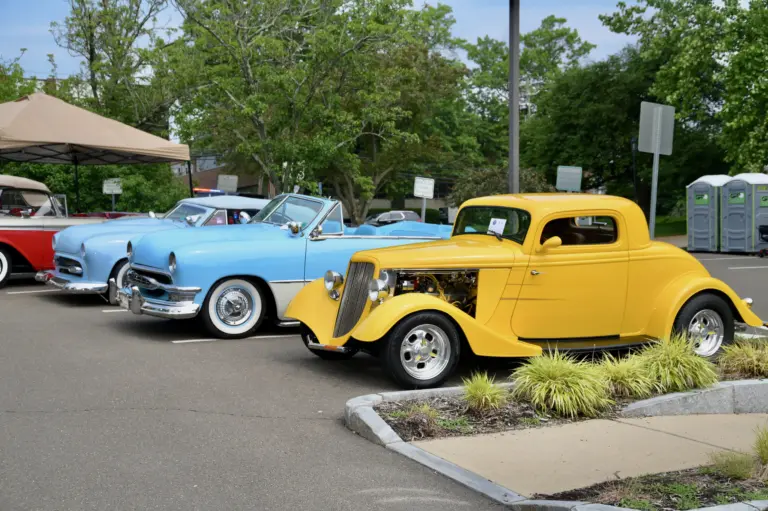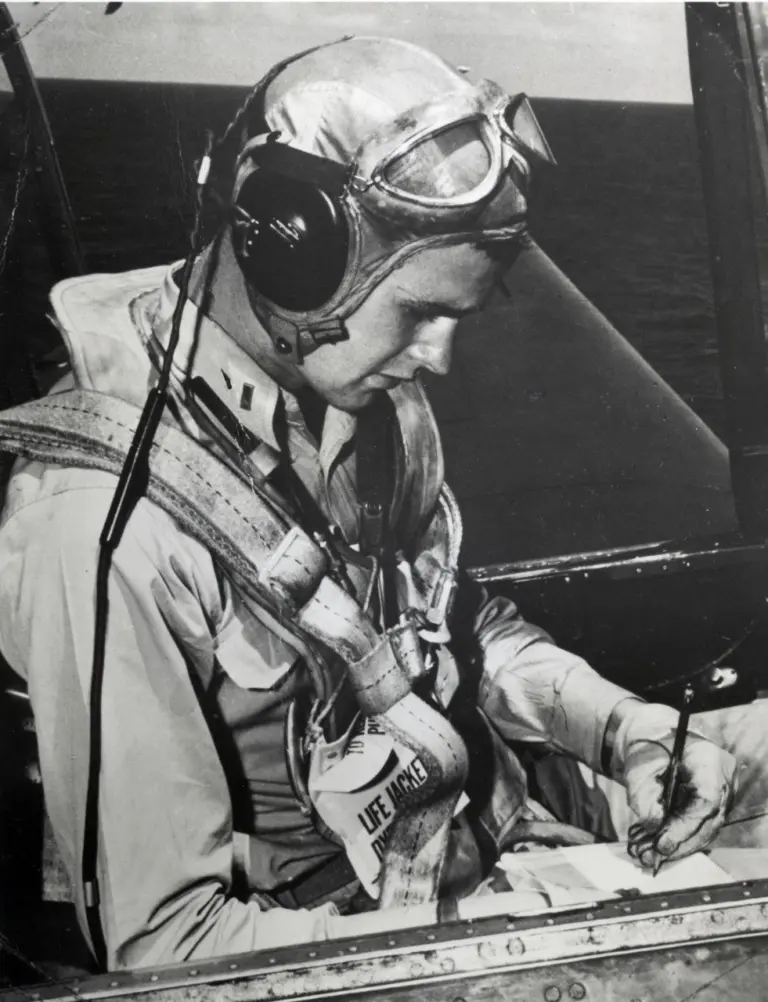By Eli Schaffer
Black Environmental History
In 2018, I learned of a concept that has since changed my understanding of the ways different aspects of life connect to each other. Intersectionalism is the acknowledgment of the complexity and nuance inherit in all things, but especially in the richness of the human experience and the identities we form as we grow throughout life. As the Greenwich Audubon Center, and the National Audubon Society work to increase access to nature, we find that the barriers to enjoying the natural world all too often align with differences in wealth, race, health, and zip-code. In exploring the intersection of environmentalism with Black history we can illuminate stories that demonstrate the universal power of the natural world to unite us through a shared pursuit of knowledge and spirit of conservation. I offer the following brief profiles of Black naturalists in the hopes that this Black History Month includes increased awareness of the richness of Black environmental history and the need for greater action year-round to reduce barriers to nature, both of understanding and to access. Here’s to an enriching, educational, and action-oriented Black History Month:
John Edmonstone (Late 1700s-mid 1800s)
While we all know of Charles Darwin for his theory of natural selection, and many are aware of how Darwin’s study of birds in South America provided the basis of his evolutionary breakthrough, the important role of formerly enslaved person, John Edmonstone, was only recently uncovered. Likely born enslaved on a timber plantation owned by the Scotsman, Charles Edmonstone, whose last name was given to his enslaved laborers as a label of ownership, John Edmonstone learned the art of taxidermy and, after gaining freedom, opened a business as a taxidermist in Edinburgh, Scotland in 1823. Three years later, one of the students at nearby University of Edinburgh came to Edmonstone to study taxidermy. That student, Charles Darwin, not only gained a skill he would require for the preservation of his essential avian specimens years later, he also likely learned of the amazing diversity of wildlife in South America during his many hours of study with the formerly enslaved taxidermist. Although other scientists were contributing to what would become the theory of evolution, one can only imagine how science would be different without the influence of John Edmonstone on Charles Darwin.
Harriet Tubman (1822-1913)
As children, we learn of the network of people who risked their lives to smuggle enslaved people out of the grip of southern bondage as the underground railroad. In those elementary studies, Harriet Tubman is often included as emblematic of the tenacity, commitment, and power of formerly enslaved people to save friends, family, and other people recognized as property by the US government until the signing of the Emancipation Proclamation. However, an often-overlooked aspect of the business of conducting people to freedom was the reliance of knowledge of local ecology as a form of protection while moving under the cover of darkness through dark back-woods trails and around roving patrols of slave catchers. Tubman used owl calls to discreetly pass signals of safety and danger. According to Kate Clifford Larson, author of the Tubman biography Bound for the Promised Land, “If you used the sound of an owl, it would blend in with the normal sounds you would hear at night. It wouldn’t create any suspicion.”
Rue Mapp (1971- )
Raised in Northern California, Rue Mapp fell in love with nature through regular hikes, kayak trips and other outdoor recreation. As an adult, Mapp saw that many Black families lacked the regular access to experiences in nature that she had and set her aim to change that. In 2009 she started a blog, Outdoor Afro, dedicated to connecting Black communities to the outdoors. As the success of the blog grew, Mapp formed a nationwide nonprofit with the same name. Now, Outdoor Afro is the leading organization for increasing access to nature for Black people across the country with over 100 volunteer leaders in 56 cities scheduling activities such as hikes, camping trips, community celebrations and more. Organizations like Outdoor Afro and others inspired in part by the long legacy of Black environmentalism and conservation, work to create equity and safety in nature by advocating for policy and funding changes and amplifying the voices of countless Black nature enthusiasts and professionals. Learn more by checking out Outdoorafro.com.





